I wanted to share the links for my recent Psychology Today blogs:
https://www.psychologytoday.com/us/blog/the-innovator-next-door/202205/how-adopt-explorer-mindset
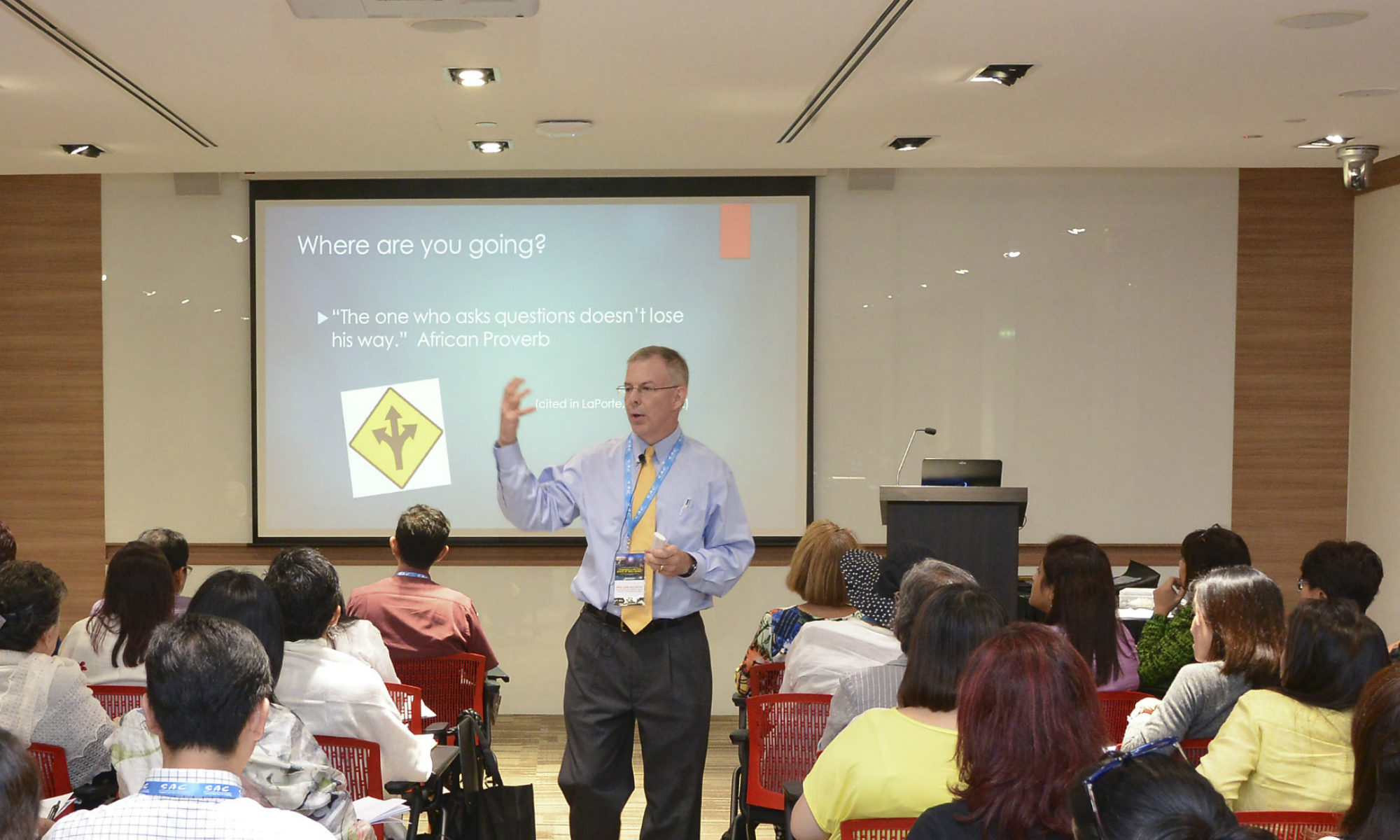
The thoughts of John McCarthy, PhD
I wanted to share the links for my recent Psychology Today blogs:
https://www.psychologytoday.com/us/blog/the-innovator-next-door/202205/how-adopt-explorer-mindset
…by an inventor who saw a problem while traveling
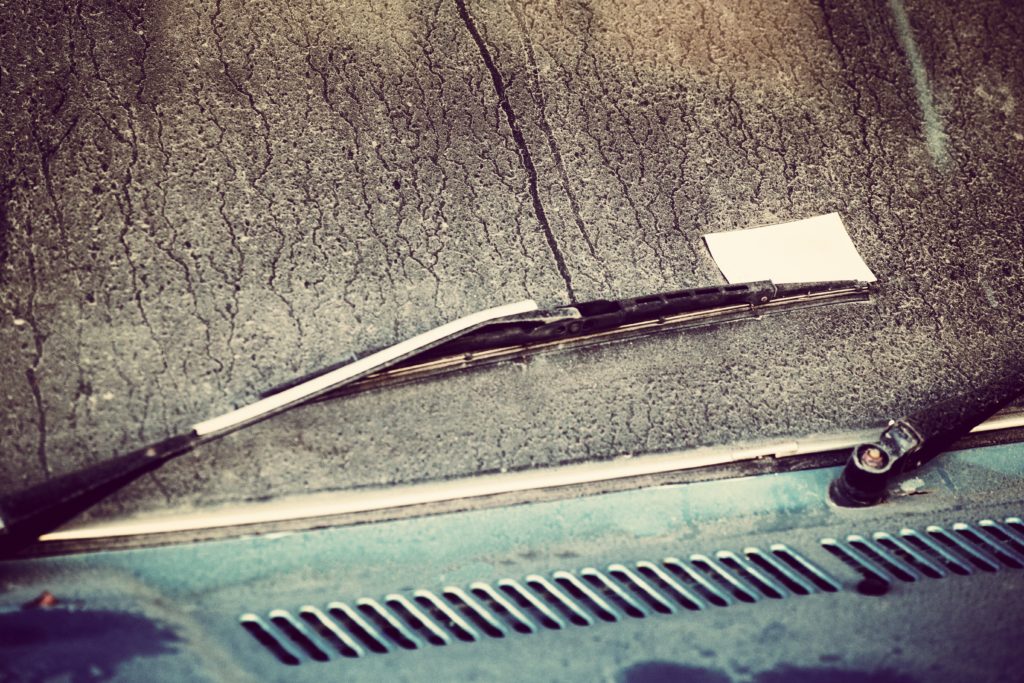
I sometimes wonder what inventors were thinking in their initial stages of problem-solving after problem-finding.
Specifically Mary Anderson…whose invention 119 years came in handy on this snowy morning in the northeastern US.
It was Ms. Anderson who took her first trip to New York City in the winter of 1903 and noticed a problem: Neither she nor the trolley car driver could see clearly out of the window. Even the driver had to sporadically stop to wipe off the front of the car. Ms. Anderson, a real estate developer in Alabama, returned to Birmingham and designed a device that could clear the windshield of ice and snow and be operated from inside of the vehicle. Her patent was accepted later that year. Other devices had attempted to solve the same dilemma of electronically wiping off a windshield. Her design, however, was the first that worked (Lemelson-MIT Program, n.d.).
Two parts of this creative invention are striking: Ms. Anderson had no background in design or engineering, and her invention arrived before the onslaught of cars on American roads.
In other words, in her problem-finding process, Ms. Anderson couldn’t have thought, “Wouldn’t a device like this be great for my Model T back in Alabama?” In fact, Ford’s Model T wasn’t manufactured until five years after her innovation.
Finally, as with many other novel ideas, some people initially laughed at the idea of a windshield wiper on a vehicle. After all, they thought that the back-and-forth movement would distract drivers. By 1913, the ridicule about the wiper idea was swept away, as they were standard on cars in the US (Lemelson-MIT Program, n.d.).
Reference:
Lemelson-MIT Program. (n.d.). Mary Anderson: Windshield wipers. https://lemelson.mit.edu/resources/mary-anderson
…yes, similar to the idea behind my most recent book title.
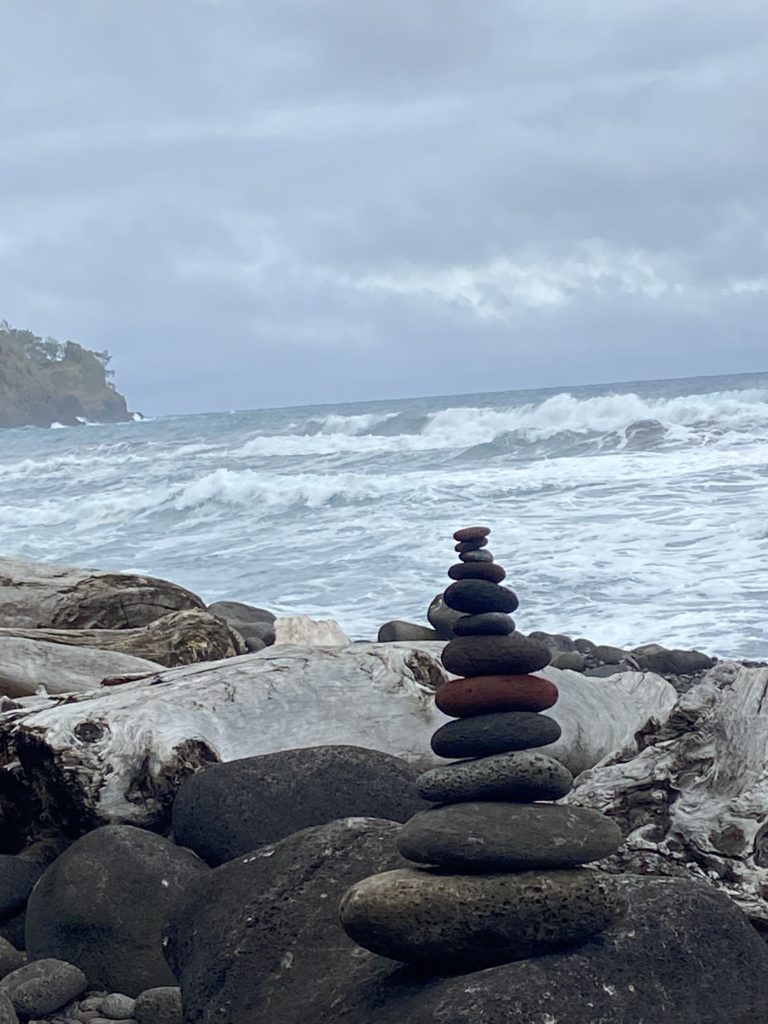
One approach to creative thinking is through reversing the order of something. With brains searching for order and patterns, the other-way-around idea mixes things up in ways that can lead to previously undiscovered insights.
Who said dessert had to come last? (Reverse the order and eat it first.)
Who said car engines had to be in the front of a car? (Think of the Porsche 911.)
Ever see a caboose leading a train? (I saw this last Fall…a rather confusing sight at first.)
A few recent news items captured the notion of reversal in creative ways.
First, who said that medical care had to be done in a hospital? According to an NPR report, an increasing number of hospitals are bringing treatments to people in their homes. This reversal of the traditional process not only frees up beds for patients needing in-hospital care, but, according to David Levine, MD, of the Brigham and Women’s Hospital in Boston, this reversal approach leads to better health outcomes for those cared for in their home. One patient treated in her home described it as “the best thing that’s happened since running water.”
Second, who said that pastors were confined to a church? A New York Times story described a reversal where pastors didn’t just leave their place of worship and preach on street corners, for instance. Rather they sermonized on boats as they made journeys between cities in the Democratic Republic of Congo. The reporters summarized, “It’s on the river that many pastors go fishing for souls,” as many people rely on the boats to travel from one town to another. One pastor offers services each morning and evening on board, remarking, “I work everywhere.”
Finally, who said that scamming was a one-way process? A 73-year-old grandmother on Long Island reversed the process in an imaginative way, making the scammer come to her. In a phone call from someone claiming to be her grandson and in need of $8000 for bail, the woman asked the would-be swindler to come to her house for the money. After all, she was fully aware of the scam: She had no grandsons old enough to drive. The “grandchild” arrived at a predetermined time, and with police assistance, was apprehended. “I feel like—Gotcha!” the creative grandmother said in the Washington Post story.
The reverse gear…sometimes it sparks an acceleration in creative thinking.
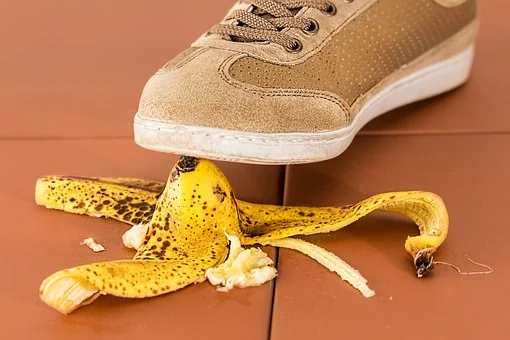
Merriam-Webster adds new entries to its dictionary every year.
“Wordies”—one of the 2018 words that reflects word lovers—may enjoy knowing that “pickleball” and “fabulosity” were 2019 entrants to the resource. Fans of “zonkeys,” a cross between zebras and donkeys, may be delighted to know that this animal was among the 535 additions in 2020. And, if you like a “fluffernutter,” you will be happy to see this on the 2021 list.
Maybe the upcoming 2022 entries will feature a word that, unless I am mistaken, is not in the English language yet: eustake.
I propose a “good mistake” being a eustake. After all, the English language has “eustress” for positive stressors such as wedding engagements and job promotions. We give eulogies, feel euphoric, play the euphonium, and listen to the Eurythmics. We can shout “eureka!” when discovering a new kind of eubacteria. Maybe it’s time for “eustake” to find its way into the next dictionary.
Eustake (noun) /you-stake/: a small-m “mistake” where learning and growth subsequently occur.
When it comes to creative thinking and problem-solving, the process can be full of fantastic failures…er, eustakes…en route to finding new approaches and insights. Imagine how many lives were aided by Wilson Greatbatch’s eustake. While working as professor in electrical engineering in 1956, he grabbed the wrong resistor in his work on a device to record heart rhythms. Realizing that the ensuing circuit mirrored the pulses of a heartbeat, he used the eustake to perfect an implantable human pacemaker, something that now helps over 700,000 cardiac patients throughout the world each year.
Another eustake was happening around the same time in Rochester, NY. Harry Coover and his Eastman Kodak team were assigned to create a new material for the cockpit of jet planes. In the process, however, one of his chemists accidentally destroyed an expensive instrument with an adhesive material that made the lenses bond together. Though the device was ruined, Coover realized that the adhesive could become a mega-glue. It did, and the innovative product hit the market in the late-1950s under various names, including Superglue.
As much as those seeking perfectionism may not like it, all people who create, you and I alike, sometimes need to fail to produce. Ask professional athletes. As tennis great Venus Williams said in a magazine article, “Sometimes you make mistakes, but there are good mistakes—the ones that lead to the next championship.” Baseball pitcher Tommy John was credited with making three errors on one play in 1988, yet only allowed one run thereafter en route to a 16-3 Yankee win. Babe Ruth had nearly 4000 strikes called against him in striking out over 1300 times, yet also reportedly said, “Every strike brings me closer to the next home run.”
Ask chefs, politicians, and comedians. Toasted ravioli was supposedly sparked by a cook who, by accident, dropped the pasta into hot oil instead of hot water. Maybe Abraham Lincoln would describe eustakes in his US Senate defeats before his victory in the 1860 presidential election. Comedians inevitably had sets that bombed, yet those “failures” may have turned into eustakes as they got back on stage again and again.
In their 2013 book, Babineaux and Krumboltz offer a grand reminder: To be a successful teacher, writer, or artist, for instance, people must first have some not-so-great classes, articles, or art works.
Think “eustakes” galore. Let’s start to embrace and celebrate our inevitable eustakes in life. It may just land the word in a future dictionary.
Reference:
Babineaux, R., & Krumboltz, J. (2013). Fail fast, fail often: How losing can help you win. Jeremy P. Tarcher/Penguin.
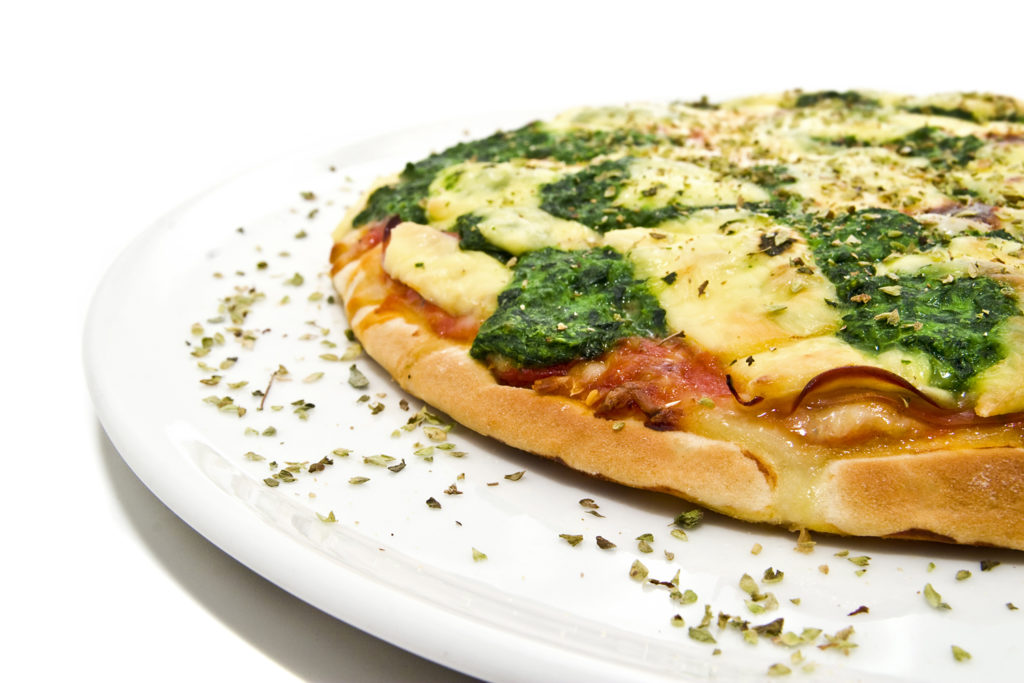
The BBC headline was enough to intrigue me: “Hawaii pizza inventor Sam Panopoulos dies aged 83.” Being a fan of pineapple—and curious about inventors—I had to know more. Just how did canned pineapple find its way to a pizza topping?
The art of combination is common in creativity, starting with chocolate. Chocolate and peanut butter. Chocolate chips and cookies. Adding chocolate syrup to strawberries.
Chocolate is easy, though, with so many people liking it.
Think of other everyday combinations that go unnoticed. Putting ice cream on a cone. Adding a radio to a car. Having a bank in a supermarket.
Combining previously unconnected things is the seat of creativity. “Every creative idea,” Henry (2013) wrote,” is the combination of previously existing ideas, or bits of stimuli, into something new” (p. 137).
Those “bits” of pineapple from a can transformed Panopoulos’ pizza. Combined with ham, the Hawaiian pizza was born from testing things out in his restaurant in Canada. “We just put it on, just for the fun of it, see how it was going to taste,” he said in a BBC interview. The entrepreneurial spirit in Panopoulos came through clearly. “We were young in the business and we were doing a lot of experiments,” he added. With customers liking what they tasted, the Hawaiian pizza hit the menu in the ensuing weeks.
Not everyone was fond of the notion of the pineapple topping…not in 1962, the year that Panopoulos “invented” Hawaiian pizza or even years later.
In 2017, the president of Iceland visited a high school and fielded questions from students. When the topic of pizza came up, he told them that he would be in favor of banning pineapple from pizza if he could. The comment hit news sites and social media, and the pizza furor over pineapples erupted once again about its legitimate place among pepperoni, bacon, and mushrooms.
The idea of mixing previously uncombined things is fundamental to creativity. Pineapples and pizza? Thank you for this slice of innovation, Mr. Panopoulos.
References:
BBC News. (2017, June 9). Hawaii pizza inventor Sam Panopoulos dies aged 83, https://www.bbc.com/news/world-us-canada-40230407
Henry, T. (2013). The accidental creative: How to be brilliant at a moment’s notice. Portfolio/Penguin.

I remember how incredible this idea sounded to me, particularly as a kid growing in the snowy winters of Western New York.
Heated driveways.
No shovels needed to get your car on the road, to play basketball in the driveway, or to get the garbage cans to the curb.
It seemed masterful to me. Instead of removing the snow, simply melt it, no matter the temperature. It was a way to take the sun and place it underneath the driveway. Sure, it was costly to do, but the mere idea of melting snow by heating the pavement was sheer brilliance to me.
Now, in 2021, the creative factor jumps exponentially with a possible future innovation: roads that charge electric vehicles.
A recent New York Times story adds to the potential transformation of vehicles on US roadways.
According to Hannon (2021), a technology known as inductive charging may be an important factor in overcoming “range anxiety,” the worry that vehicle owners have over finding recharging stations when traveling long distances. Instead of taking your car to a station to recharge, let the process come to you…simply by driving your car on the highway.
If cars can melt snow, why couldn’t they power your electric car?
A partnership between the Indiana Department of Transportation and Purdue University may result in the first contactless and wireless charging segment within the pavement of a highway. Michigan is also exploring the same initiative.
The idea is a fine example of how “reversal” can generate new innovations. Through reversal, new ideas can blossom. Consider, for instance, how Volkswagen put the trunk in the front of a Beetle.
In the future, the reversal may not only represent a big time-saver, but also eliminate the notion of range anxiety altogether. Instead of bringing the car to a station, allow the power to come to the car.
Heated driveways? Leave the shovel in the garage.
Highway-powering cars? Leave the charging to the road.
Reference:
Hannon, K. (2021, November 29). Could roads recharge electric cars? The technology may be close. The New York Times. https://www.nytimes.com/2021/11/29/technology/electric-cars-magnetic-roads.html
A prerequisite for this blog: Get a key or bring a key to mind before reading. Any key will do…apartment, car, or even something for a bike lock.

Consider how we use the word “key” in life. A headline could read, “Mrs. Chang given a Key to the City.” We hear an announcer ask, “So, Cindy, what is the key to Cleveland winning this game?” My high school football coach preached the importance of “reading your keys.” Then, when all else fails in solving a lock, we use a skeleton key.
In his 2017 book, Dr. James Ryan shared a thought-provoking metaphor about his elementary school custodian who carried a key ring–filled with several keys–around his belt each day. I recall the same thing about the custodian in my grade school. He had so many keys, particularly for a small school.
Dr. Ryan’s point was around power. As he wrote, “I thought the custodian was the most powerful person in school…” (p. 20). It makes much sense. With all of those keys, custodians could open so many doors. Multiple keys reflected power.
Consider this related notion: Everyone is a “custodian” of their own life who, at the same time, carries many keys. However, instead of thinking about “keys of power,” I often think about the idea of people’s “keys of strengths.” Each key signifies a strength. People’s “keys”–their personal assets–have opened doors of opportunity in the past and can continue to do so in the future.
Inventors fail frequently on their way to success, and their key related to perseverance helps them.
Great teachers may employ a key for patience in aiding learners.
Successful designers may use the key of keen observation in planning a product.
Knowing one’s “keys of strengths” can help to unlock future doors of possibilities.
“What’s in your wallet?” No, perhaps the better question is, “What’s on your key ring?”
Reference:
Ryan, J. E. (2017). Wait, what? And life’s other essential questions. HaprerCollins.
This is the link to a recent (December 15) article that I wrote about Mister Rogers, a person for whom I have great respect and admiration:
https://www.huffpost.com/entry/mister-rogers-parenting-letter_n_5fd25ca2c5b68256b1135b64
How are you spending your creative brain money?
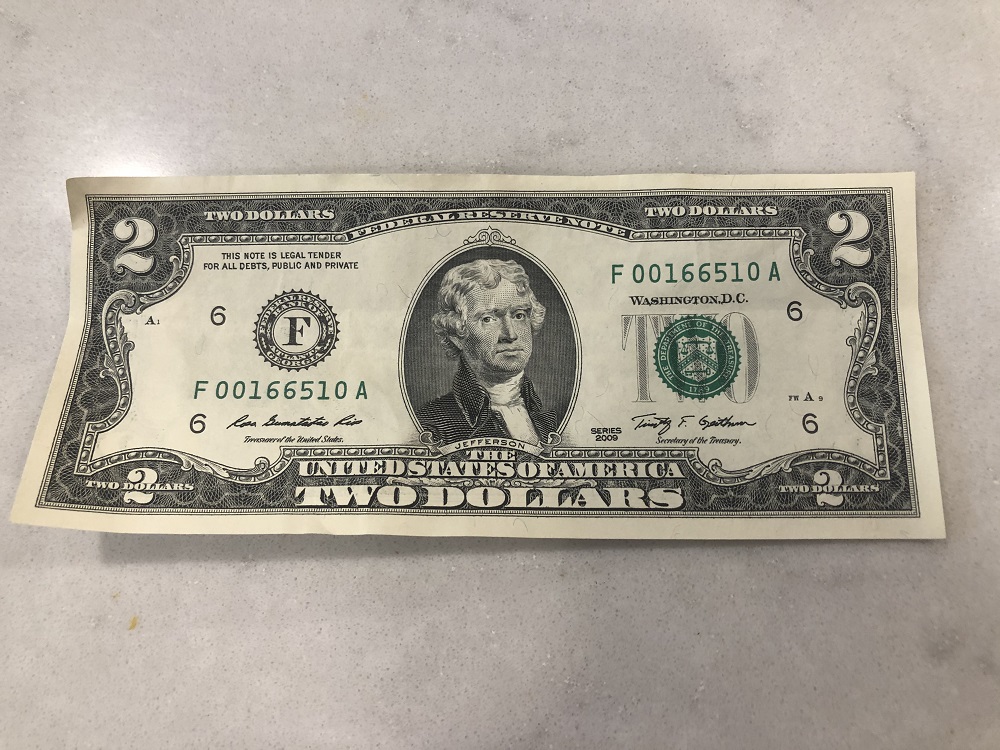
Pretend that a deposit is made into your brain bank account each morning right before your eyes open. A sum of $60,000 has just been placed into your ledger. The catch? It has to be spent in full—or to the fullest extent possible—by the end of the day. If not, the money vanishes.
Would you wake each morning with a child-like excitement about the possibilities for this daily …or would you simply get used to it?
Yeah, maybe the latter. After all, tomorrow is just another day with the automatic deposit. Ho hum.
And so it is with creative thinking. It is a challenge to adopt a creative thinking mindset with a “Groundhog’s Day” mindplot swirling in our brain. Think and repeat…think and repeat. You get the idea.
In creative thinking, options abound daily. That $60,000 is actual 60,000 thoughts that, it is estimated, humans have each day. (Who knows whether that is accurate? However, the point is clear: You and I have at least some control over our thinking.)
How are you spending your $60,000 today? Are you buying new stuff and exploring new cognitive lands in creating fresh ideas for your cerebral cortex or pressing “rewind” and playing the same thoughts as yesterday? Now maybe there are times when “repeats” help. In venturing toward a creative lifestyle, though, the breaking of yesterday thought patterns can result in innovative ideas.
Eyes help us to see—meaning “interpret”—the world. We sometimes tend to see what we believe rather than believe what we see. Many deliberate creativity techniques from brainwriting to mindmaps exist for aiding that creativity mindset.
So…when that creative problem-solving spark is needed, how might your $60,000 be spent?
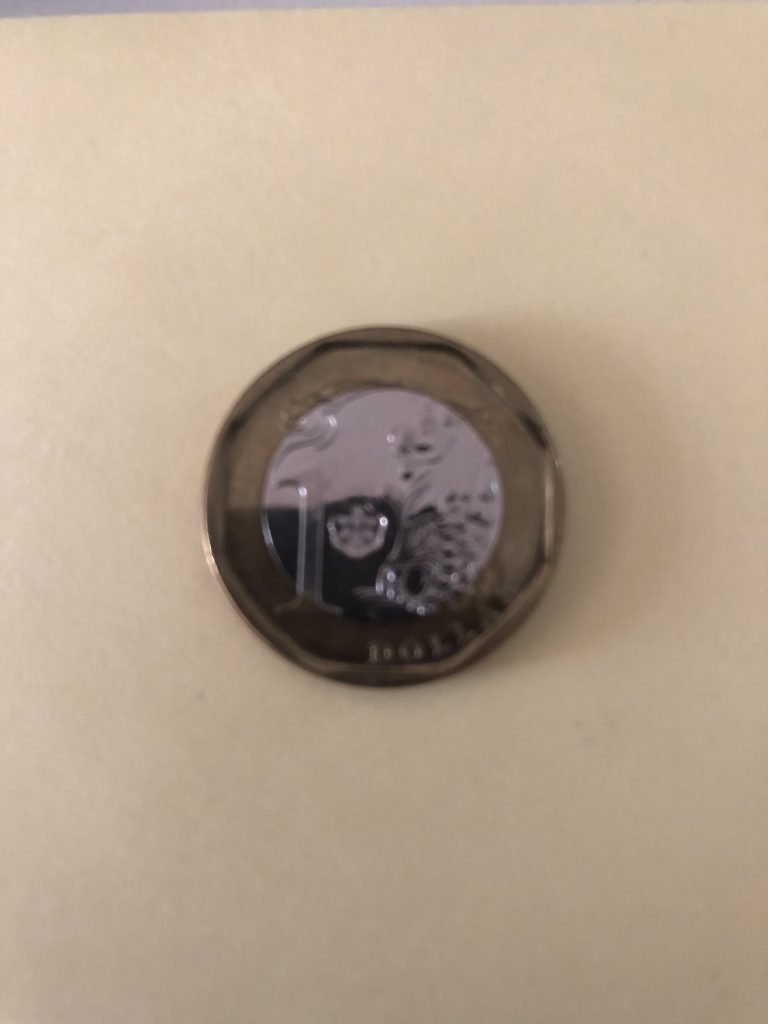
Thinking intrigues me.
After graduate school, I became quite interested in a counseling approach called cognitive behavioral therapy (CBT). The “cognitive” part is about how people think in ways that may be helpful (adaptive) or not as helpful (maladaptive) to them. It posits that people can think about their thinking (known as metacognition) and modify their thinking to have a healthier lifestyle. [Dr. Aaron Beck is one of the preeminent developers of CBT. For more information, please visit the website for the Beck Institute, a page of which can be found at https://beckinstitute.org/get-informed/tools-and-resources/cbt-store/]
The word floating in your mind as you read that last paragraph might be “attitude” or “outlook” or “perspective.” If so, you’d be right in large part.
In CBT, the key word is “interpretation.” How a person interprets an event is reflective of their thinking. You and I could watch the same tennis match, game, or musical and “view” it differently. In a soccer match, for instance, we could be at the same game, sitting next to each other, but have two completely different experiences based perhaps on which team won or lost the game.
So…people continually think as they try to make sense of the world and influence it. Thoughts percolate throughout our waking days, some of which we attend to with great zest (i.e. focusing on a work project) and others of which we let slip by. As much as we would like to turn off our brains at times, it can be difficult to do.
The point around our thinking is we have brain money each and every day. We wake each morning and have the opportunity to think. These thoughts may be entirely new, creative thoughts or recycled thoughts from the previous days, weeks, or years (yes, a type of “Groundhog’s Day” in the brain).
This notion of thinking relates closely to creativity. I’ll discuss this more in the next post…